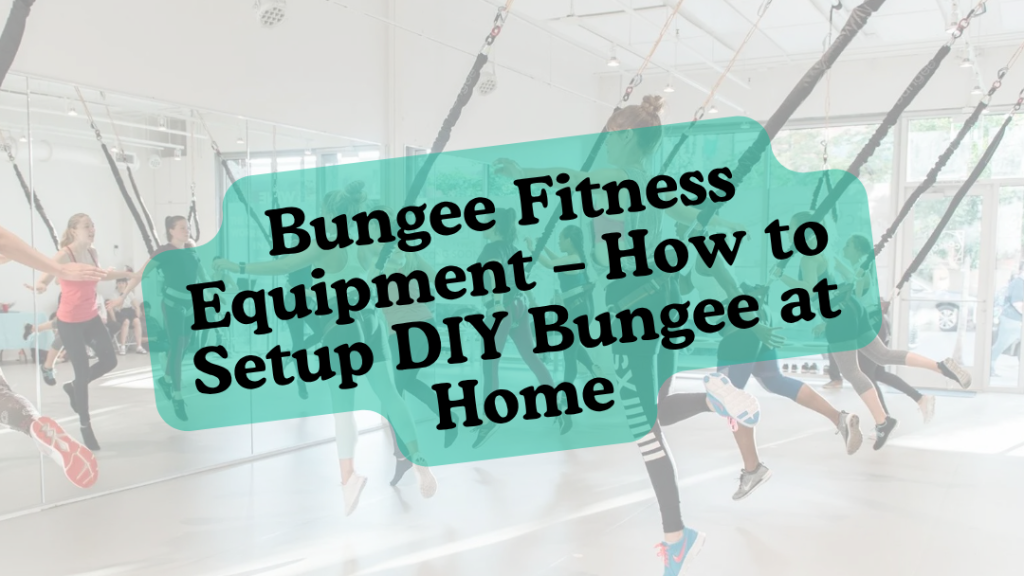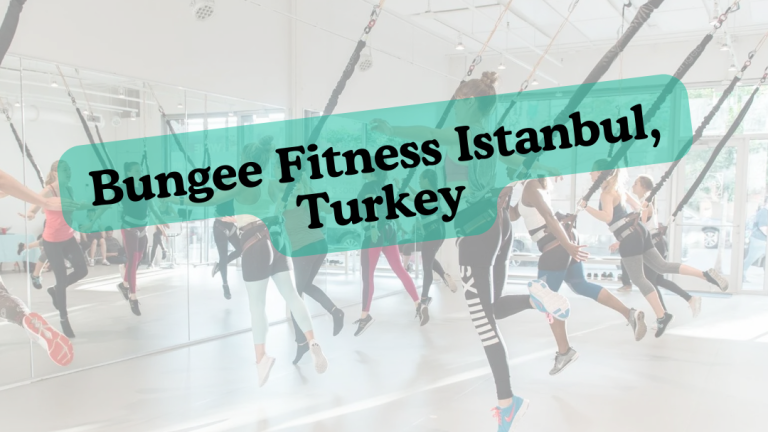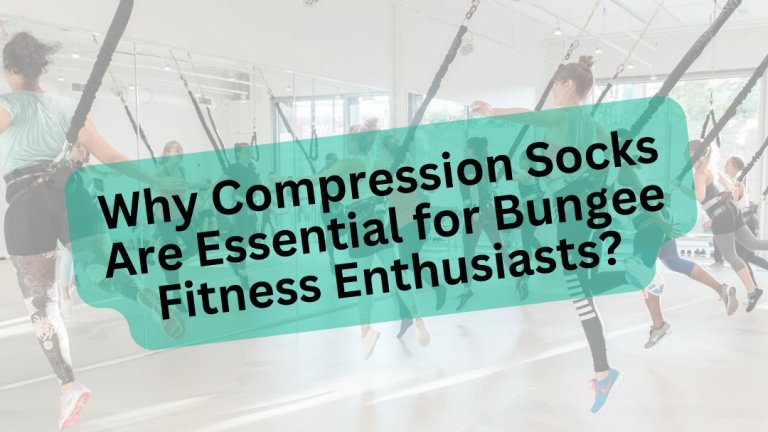Bungee Fitness Equipment – How to Setup DIY Bungee at Home
Bungee fitness has emerged as a popular workout option for those seeking a fun and effective alternative to traditional exercise. By combining elements of strength training, cardio, and low-impact movement, it allows users to move freely while being partially suspended by resistance cords. However, the effectiveness and safety of this workout heavily depend on using the right bungee fitness equipment.

In this guide, we’ll walk through the essential components of a bungee setup, how to select the right equipment, and what to consider when creating a space—either in a studio or at home.
Understanding Bungee Fitness and Its Appeal
Bungee fitness involves performing exercises while attached to an overhead bungee cord system via a body harness. The resistance and rebound from the cord allow for fluid motion, supported jumps, and dynamic movements with reduced impact on joints.
This type of workout is widely appreciated by people of varying fitness levels, including those recovering from injuries, looking to improve mobility, or wanting to make exercise more enjoyable.
Key Components of Bungee Fitness Equipment
To participate safely and effectively, it’s important to understand the main components involved in a bungee fitness setup.
1. Bungee Cord (Elastic Resistance Rope)
The bungee cord is central to the workout system. Typically made of durable latex or rubber, it provides resistance and rebound as you move. When choosing a cord, pay attention to:
- Its length and how far it can stretch
- The amount of resistance it offers
- The recommended weight range for users
Higher resistance cords or multiple cords can be used for more advanced workouts, while lower resistance options are ideal for beginners.
2. Full-Body Harness
The harness connects your body to the bungee system. It should be adjustable, supportive, and comfortable, distributing pressure across the waist, hips, and legs. When selecting a harness, consider:
- Adjustable straps and secure buckles
- Padding for comfort during extended use
- Compatibility with your height and body type
A good harness helps maintain correct posture and reduces the risk of discomfort or strain during movement.
3. Swivel and Carabiners
These components connect the bungee cord to both the ceiling anchor and the harness. A swivel allows you to move and rotate freely, while carabiners provide secure attachment points.
Look for:
- Carabiners made from strong materials such as steel or aluminum
- Swivels that allow smooth 360-degree rotation
- Certified components that meet safety standards
Regular inspection of these items is essential to avoid accidents during use.
4. Ceiling Mount or Rigging System
The entire system must be anchored securely to the ceiling or a rigging frame. For studio setups or home installations, stability is crucial.
Important factors include:
- A ceiling height of at least 10 feet
- Proper load-bearing capability (usually up to 600 lbs)
- Professional installation or consultation with a contractor or structural engineer
Inadequate anchoring is one of the most common safety risks, so it should not be overlooked.
5. Flooring and Safety Mats
Proper flooring enhances both safety and comfort. Non-slip, cushioned surfaces such as rubber mats or sprung flooring are recommended to reduce joint impact and prevent injury during landings.
Choose flooring that is:
- Shock-absorbent
- Easy to maintain
- Appropriately sized for your training space
Selecting the Right Bungee Fitness Equipment
Choosing the appropriate bungee fitness equipment depends on your skill level, body weight, and how often you plan to use it.
For Beginners
- Start with a medium-resistance cord
- Choose a harness with extra padding
- Use equipment with basic swivel and secure clips
- Train on cushioned flooring to minimize joint stress
For Intermediate to Advanced Users
- Opt for dual or triple resistance cords
- Use advanced rigging with reinforced components
- Consider ceiling-mounted systems for more complex movements
Always purchase from reputable brands or vendors with proper safety certifications. Quality gear will perform better over time and reduce the likelihood of equipment failure.
Safety and Maintenance Tips
Maintaining your bungee fitness equipment is vital to keeping workouts safe and effective.
Before every session, perform a quick safety check to ensure all parts are functioning as intended. Avoid improvising with non-approved parts or DIY solutions that have not been tested.
Can You Use Bungee Fitness Equipment at Home?
Yes, home setups are possible with the proper equipment and space. However, a home installation requires thoughtful planning to ensure safety.
What You’ll Need for a Home Setup
If you’re unable to make permanent ceiling modifications, consider portable frame systems designed specifically for at-home bungee workouts.
Benefits of Using Proper Bungee Fitness Equipment
Using well-designed and properly fitted bungee fitness equipment offers several clear advantages:
The right gear allows you to focus on technique, performance, and enjoyment without distractions or safety concerns.
Recommended Brands for Bungee Fitness Equipment
If you’re looking to purchase high-quality gear, here are a few brands with good reputations in the fitness community:
Always review the product specifications carefully and verify warranties or return policies before purchasing.
Final Thoughts
Bungee fitness is more than just a trend—it’s an effective, sustainable workout option for people of all fitness levels. Whether you’re building a home setup or managing a studio, having the correct bungee fitness equipment is essential to ensure safety, comfort, and performance.
From the cord and harness to ceiling mounts and flooring, every component plays a critical role. Invest in quality gear, maintain it properly, and follow safe training practices to get the most from your workouts.
With the right setup, bungee fitness can offer a supportive and energizing way to move—helping you stay active, build strength, and enjoy exercise again.






